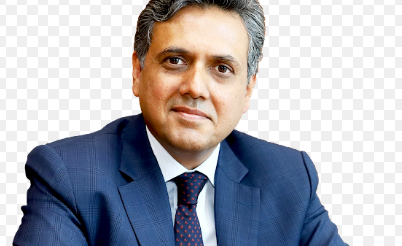Filling the market gap in sports medicine through product innovation

Indian companies are coming up with locally-developed devices to suit the Indian anatomy
Professional athletes risk their lives for excellence in their respective sports. This often leads to many sports injuries, some even involving permanent career-ending injuries. Newer and minimally invasive surgical techniques in dealing with sports injuries, that also reduce the time to return to sports for players are set to boost the Sports Medicine market in the near future.
Sports medicine aims to bridge the gap between science, health and exercise. The discipline involves physicians, physiotherapists, trainers and sports scientists. It aims to provide the best possible care to an injured and/or sick sportsperson. The rising cases of injuries from sports activities, including sprains, strains, fractures, and disc injuries, the availability of cost-effective orthopaedic implants, better public awareness about sports medicines and rapid advancements in regenerative medicines are expected to boost the market. Among the popular procedures today, arthroscopy has grown to be a major elective procedure in the country. Frost & Sullivan estimates around 180,000 – 200,000 arthroscopy procedures are conducted every year in India. ACL and meniscal repair procedures account for most of the procedures, followed by shoulder arthroscopy.
The quantum of investments made towards sports medicine is also reflected in the sports arena on the international stage. Developed countries like Australia, the US, Germany, and lately China, have been consistently performing very well on the global arena with Sports Medicine playing no small role in this.
This is now reflected in MNCs dominating the sector in India as well. They sell their products, including devices that they have developed for their populations. Devices suited to the Indian population, to a brittle Indian bone structure have created unique demands. There’s hence a need to bridge this by understanding the local needs which could have a spread effect on the rest of the population that needs help to relieve their aches and pains. Local companies have stepped up and created indigenous patented design solutions that fill some of these need gaps.
The ‘Injury Surveillance Report’ prepared by the former Indian cricketer Rahul Dravid-led National Cricket Academy in 2020 said that 14.75% of the players (male and female) sustained shoulder injuries. Knee injuries were the second most common, with over 13% players making up the list. The report states that most of the career-threatening Anterior Cruciate Ligament (ACL) injuries (74%) are sustained within the first two years of the “return to sport”. Speaking of cricket alone, the report states that between April 2019 and March 2020, 262 cricketers, which included 218 men and 44 women underwent rehab programmes.
Bridging the gap for the need for the right devices will not be difficult. India has historically had strong skills in metallurgy and in working with metals etc. which is very useful in making implants. This is a testimony to the highly skilled hands that are available in the country. There are many companies that have worked closely with surgeons that have emerged in India lately that seek to meet the need for sports medicine specialists with design innovations that are easy to deploy.
The availability of the devices alone will not suffice. There is also the need for timely care. Most people, including sportspersons, ignore knee and shoulder niggles where timely interventions could have created a positive impact and alleviated the sufferings of people.
The incidence of overuse injuries among children and adolescents during active sports participation is not uncommon too. An immediate diagnosis is key to addressing the root cause. Sports medicine specialists ought to be familiar with the specific high-risk injuries such as stress fractures of the femoral neck, front tibial, tarsal navicular cortex and physis, and exertion thrombosis.
Arthroscopy is currently emerging as the fastest-growing orthopaedic procedure in India. There is also a substantial increase in the number of doctors who are specialised and trained in minimally invasive surgical procedures that ensure shorter recovery time along with better cosmetic outcomes. Key drivers for growth of such procedures include a growing base of arthroscopy centers and practicing specialists. It is heartening to see the prevalence of sports medicine and the growth in arthroscopy today, as doctors and treatment options are available in every town and there is no need for relocation to secure treatment.
{{{short}}}
{{#more}}
{{{long}}}… Read More
{{/more}}
{{/totalcount}}
{{^totalcount}}
